Contributed by Melanie Zalman
When my daughter was just a bit older than 2, someone on the Birth-Three Facebook group shared phenomenal photos of a visit they made to a horse barn with their family. Cut to a super sweet snapshot of their little hypotonic kiddo on a HUGE, majestic horse caught my attention. I read all the captions, and my heart skipped a beat when she explained that this was legit THERAPY and that her daughter was having a blast! As a fairly new special needs mom, we were already inundated with therapies- home-based PT, speech, feeding therapy, and a TON of other appointments.
I was intrigued, watching this mom and daughter week after week and hearing via these Facebook updates from halfway across the country about how this new “therapy” was helping her daughter. I had a million questions….
- -How is it helping?
- -How will I get her to wear a HELMET?
- -What does she do on that horse for 45 minutes?
- -Can she stay awake through an entire session?
- -Isn’t she afraid of getting on that big horse up so high?
And most importantly? HOW the HECK do we get insurance to cover this magical therapy experience!
I learned that it was called Hippotherapy and wanted it for Josephine too! Knowing she loved animals, needed to build core strength, hearing how it might help her speech to blossom, all of these things convinced me quickly to explore it as an option. I read up on the difference between “therapeutic riding” and “hippotherapy” (OT/PT on horseback with a licensed therapist/covered by insurance), and our journey began.
Hippotherapy means “treatment with the help of a horse.” It’s a type of physical, occupational, or speech therapy that uses the unique movements of a horse to help individuals with various physical, mental, and behavioral challenges. Essentially, the horse’s movement provides a form of therapy, helping to improve motor skills, sensory processing, and other areas. In hippotherapy, a licensed therapist (most typically OT or PT) leads sessions and uses the horse’s movements to achieve specific therapeutic goals. The movement from the horse also provides specific sensory and motor input for the rider/child. It can help with SO MANY things: improving balance, strength, and coordination, enhance sensory processing, promote improvement in functional skills (sitting, standing, walking, etc.), and even facilitate speech and language development.
Our pediatrician was able to make a referral for OT and after several months on a covid-effected waitlist, we found a barn just over an hour away with availability for my daughter. The therapy itself was covered by insurance (so long as we weren’t already receiving OT through another provider), and there was a nominal barn fee that we paid out of pocket. Later, I was able to get a grant from a local foundation to cover this cost as well! Josie was about 3.5 at the time and took to it like a champ. An in-barn discussion about PWS, hypotonia, and a formal evaluation of Josie’s skills was our first meeting. Josie got to see all the horses and meet “Sadie” who would be hers to ride each week. There was a therapist, a horse leader (barn staff), and a “side-walker” and Josie knew all of their names. After taking two sessions to “work on” why and how big girls wear helmets on horsies, we were ON THE HORSE and having a blast! She went from speaking at a whisper to shouting to her horse to “Walk On”.
She rode front-facing, backwards, with abrupt stops to see how quickly she could “recover” and find her center of gravity. There were activities and “games” while riding- tossing rings onto cones, taking stickers on/off sheets while riding, throwing and catching bean bags, and even singing the alphabet while riding at the top of her lungs, playing “eye spy” and pointing to different objects/animals/and signs around the ring. On warm sunny days she rode outside and on colder days, we rode for shorter lengths of time with our snowsuit over our clothes to ensure she’d be warm enough.
There were many moments of growth throughout these first few months of hippotherapy. Every week was about how many days until it would be time to go to the barn and visit Sadie (her then horse). One particularly powerful moment stands out in general… and might resonate with PWS parents especially:
On the first full session of riding, our therapist mentioned that all session end with the child offering the horse a “treat” for their efforts. Our therapist asked me about this, and I was incredibly uncomfortable with the idea. I couldn’t fathom Josephine having food in her hands that could be given to another creature. I thought to myself, “Josie wouldn’t dare SHARE her snack with me… never mind a big hungry horse”. I imagined this interaction ending in tears, a tantrum, Josie upset that it wasn’t her snack to have or being told she’d have to relinquish this enormous carrot. I consented, reminding myself that even with our PWS diagnosis, food is all around us and that we’d only know if she could handle it if given the opportunity.
We explained that it was time for Sadie to have a special treat and gave her a choice to offer the horse an apple or a carrot. She quickly picked the carrot (her fave snack) and my heart sank as she grabbed it- feeling the weight of the temptation I worried so much about. She excitedly hustled over to Sadie and was prompted to hold out her hand (mine trembling right underneath hers). She quickly opened her hand with the large carrot inside and flashed a big smile as Sadie brough her head down to eye-level. The therapist prompted again to have Josie say “Thank You Sadie! I brought you a carrot” and she did. As she lifted the carrot up in her hands with her tremendous smile, my eyes welled with tears. She did it…. She didn’t flinch; she didn’t consider keeping the carrot for herself. Come to think of it, it was the very first time I watched food pass from her hand to someone ELSE’s mouth! Now she’s able to do this task weekly after her ride is over. She’s handed over carrots, apples, and even peppermint candy canes without hesitation and with so much appreciation for her horse’s efforts. I watch every time, and it still thrills me!
When she began full day Kindergarten, I made the difficult decision to take a break from the barn. We were sad to stop, but there were no therapy times that worked for her full-day school schedule. Now at age 6.5, we’ve just recently returned to hippotherapy this Spring at a different (closer) barn one day per week after school. We are 3 months in and have “new horse friends” named Norbert (aka “Norby”) and Cody (aka “Codie-Odie”) who we visit on Thursdays together. We plan to continue keeping hippotherapy in the mix for as long as our schedule allows it. Watching Josie’s personality come out on the horse is invaluable. She is growing stronger, learning more, and obliterating every obstacle that her diagnosing physicians warned she would face.
Looking back, I’m so thankful that I was so engaged in PWSA’s Birth-three Facebook group and that the mom whose post I connected with was so willing to share her experiences with everyone. My experience getting my little warrior involved with hippotherapy was a bright spot coming out of Covid and the connections I have with other families (on Facebook and in real life) are powerful fuel on our challenging PWS journey.
Helpful Resources: https://www.americanhippotherapyassociation.org/
Share this!
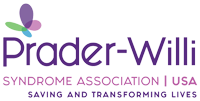
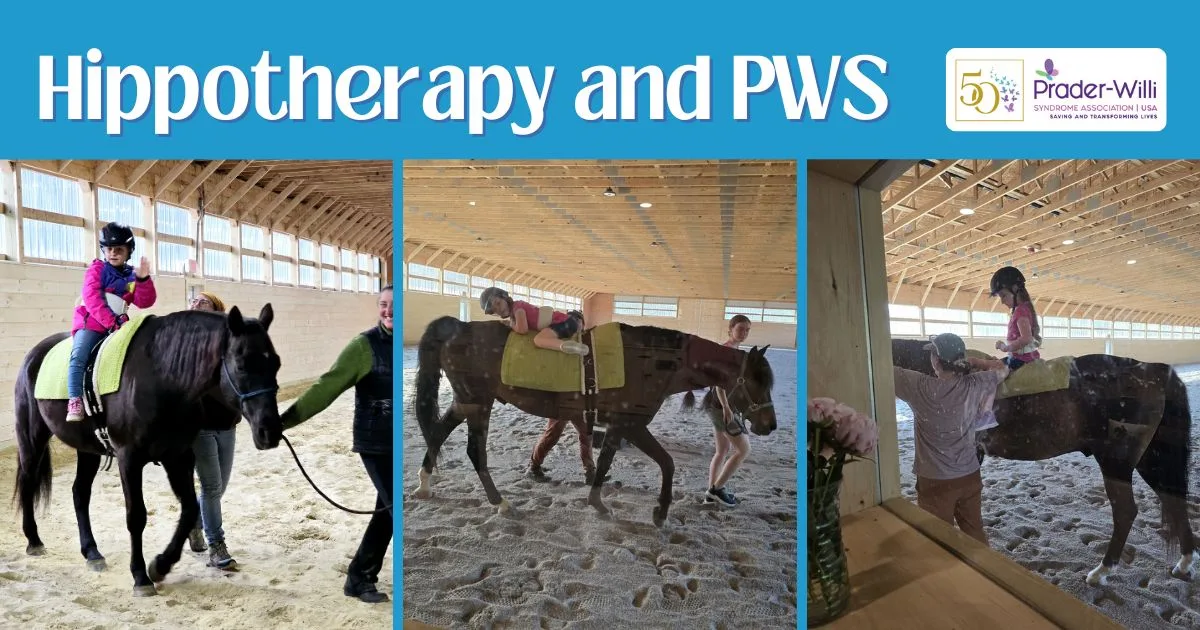
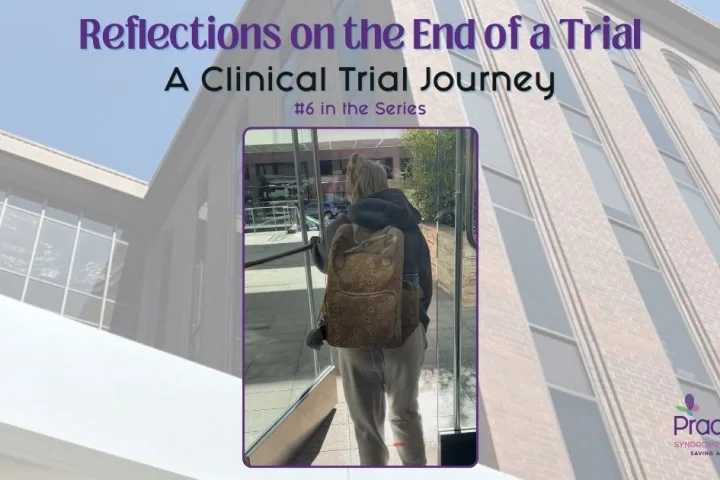

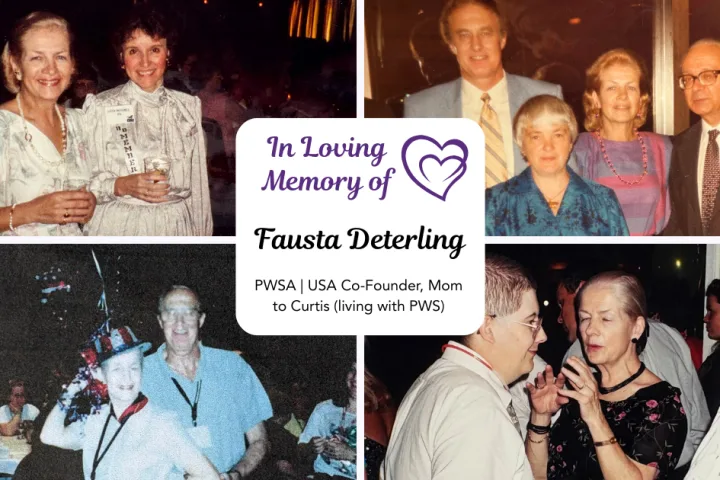
 Perry A. Zirkel has written more than 1,500 publications on various aspects of school law, with an emphasis on legal issues in special education. He writes a regular column for NAESP’s Principal magazine and NASP’s Communiqué newsletter, and he did so previously for Phi Delta Kappan and Teaching Exceptional Children.
Perry A. Zirkel has written more than 1,500 publications on various aspects of school law, with an emphasis on legal issues in special education. He writes a regular column for NAESP’s Principal magazine and NASP’s Communiqué newsletter, and he did so previously for Phi Delta Kappan and Teaching Exceptional Children. Jennifer Bolander has been serving as a Special Education Specialist for PWSA (USA) since October of 2015. She is a graduate of John Carroll University and lives in Ohio with her husband Brad and daughters Kate (17), and Sophia (13) who was born with PWS.
Jennifer Bolander has been serving as a Special Education Specialist for PWSA (USA) since October of 2015. She is a graduate of John Carroll University and lives in Ohio with her husband Brad and daughters Kate (17), and Sophia (13) who was born with PWS.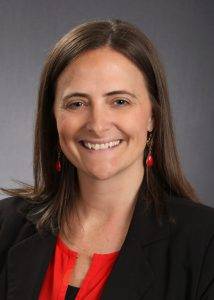 Dr. Amy McTighe is the PWS Program Manager and Inpatient Teacher at the Center for Prader-Willi Syndrome at the Children’s Institute of Pittsburgh. She graduated from Duquesne University receiving her Bachelor’s and Master’s degree in Education with a focus on elementary education, special education, and language arts.
Dr. Amy McTighe is the PWS Program Manager and Inpatient Teacher at the Center for Prader-Willi Syndrome at the Children’s Institute of Pittsburgh. She graduated from Duquesne University receiving her Bachelor’s and Master’s degree in Education with a focus on elementary education, special education, and language arts.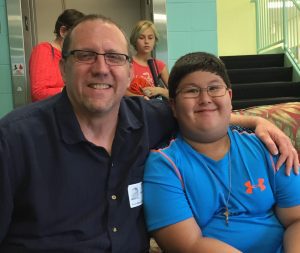 Evan has worked with the Prader-Willi Syndrome Association (USA) since 2007 primarily as a Crisis Intervention and Family Support Counselor. Evans works with parents and schools to foster strong collaborative relationships and appropriate educational environments for students with PWS.
Evan has worked with the Prader-Willi Syndrome Association (USA) since 2007 primarily as a Crisis Intervention and Family Support Counselor. Evans works with parents and schools to foster strong collaborative relationships and appropriate educational environments for students with PWS.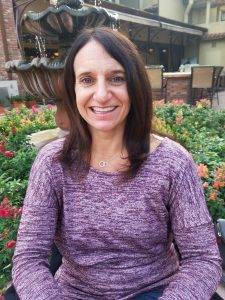 Staci Zimmerman works for Prader-Willi Syndrome Association of Colorado as an Individualized Education Program (IEP) consultant. Staci collaborates with the PWS multi-disciplinary clinic at the Children’s Hospital in Denver supporting families and school districts around the United States with their child’s Individual Educational Plan.
Staci Zimmerman works for Prader-Willi Syndrome Association of Colorado as an Individualized Education Program (IEP) consultant. Staci collaborates with the PWS multi-disciplinary clinic at the Children’s Hospital in Denver supporting families and school districts around the United States with their child’s Individual Educational Plan.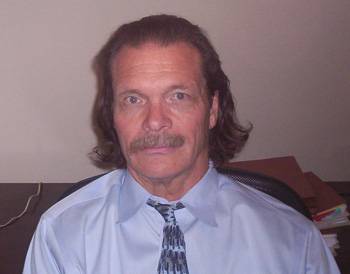 Founded in 2001, SDLC is a non-profit legal services organization dedicated to protecting and advancing the legal rights of people with disabilities throughout the South. It partners with the Southern Poverty Law Center, Protection and Advocacy (P&A) programs, Legal Services Corporations (LSC) and disability organizations on major, systemic disability rights issues involving the Individuals with Disabilities Education Act (IDEA), Americans with Disabilities Act (ADA), and the federal Medicaid Act. Recently in November 2014, Jim retired.
Founded in 2001, SDLC is a non-profit legal services organization dedicated to protecting and advancing the legal rights of people with disabilities throughout the South. It partners with the Southern Poverty Law Center, Protection and Advocacy (P&A) programs, Legal Services Corporations (LSC) and disability organizations on major, systemic disability rights issues involving the Individuals with Disabilities Education Act (IDEA), Americans with Disabilities Act (ADA), and the federal Medicaid Act. Recently in November 2014, Jim retired.